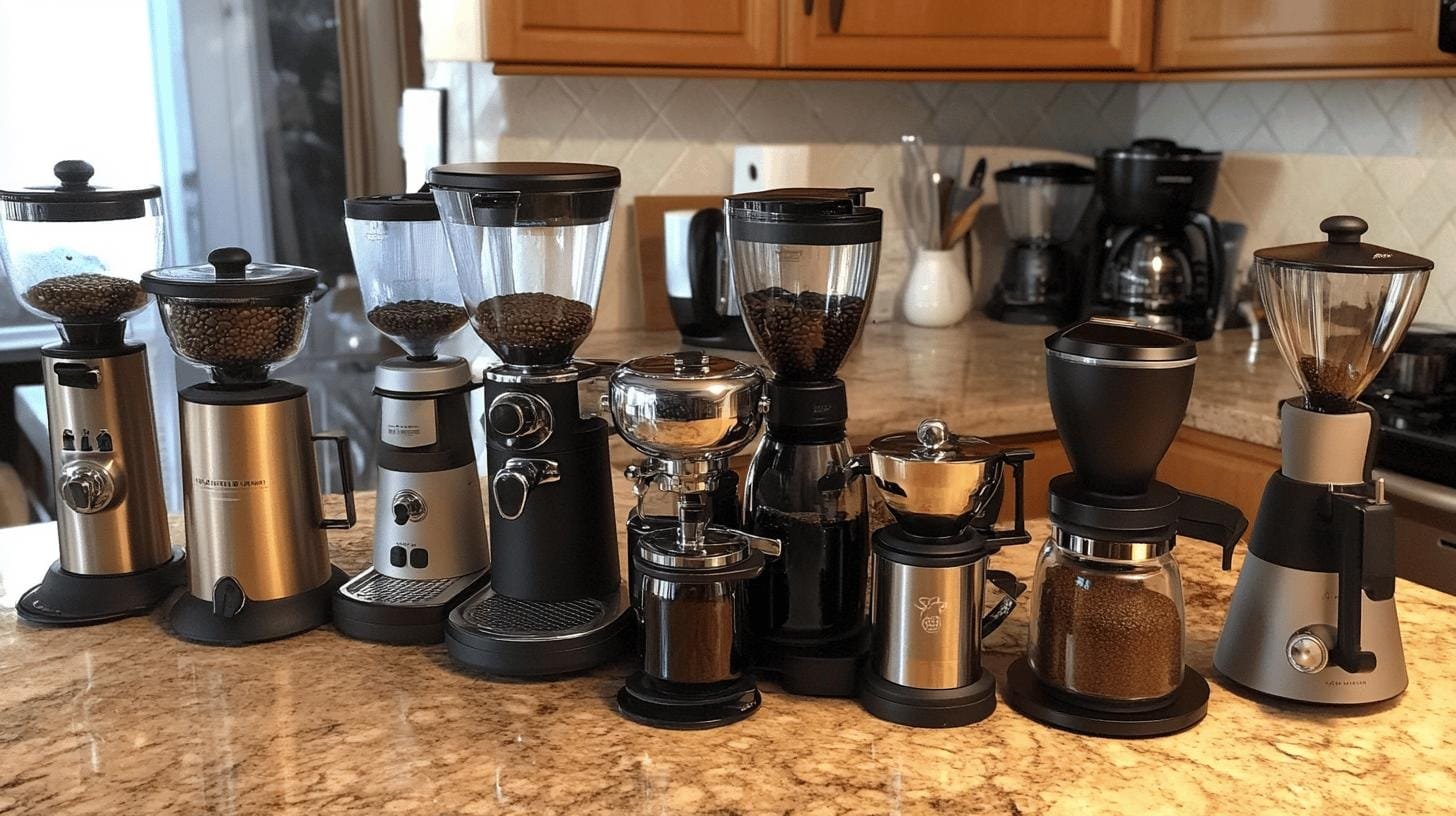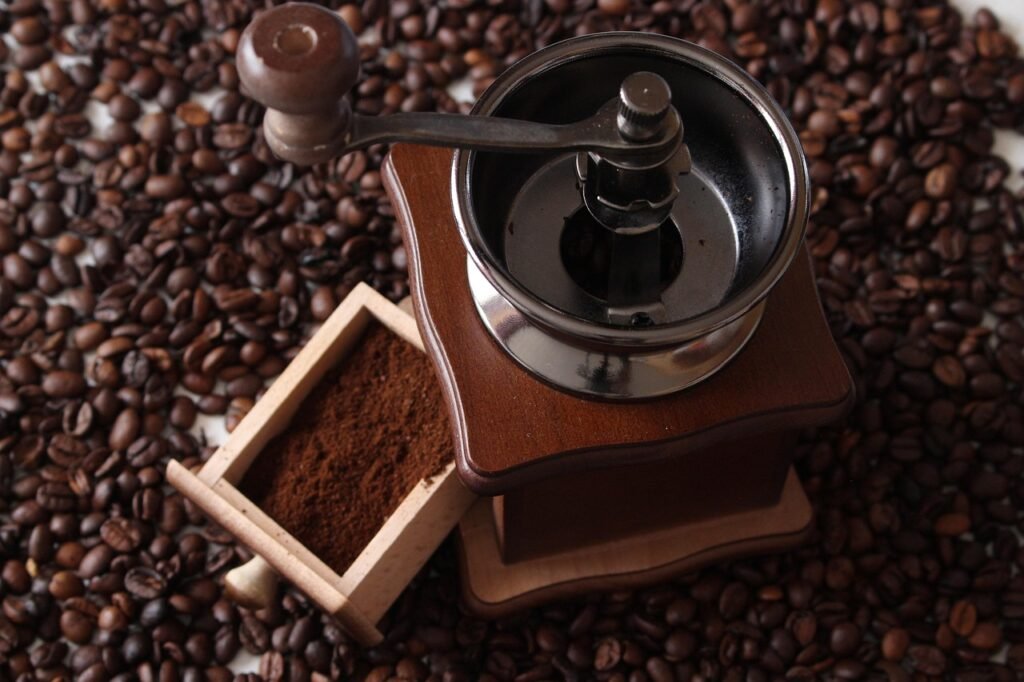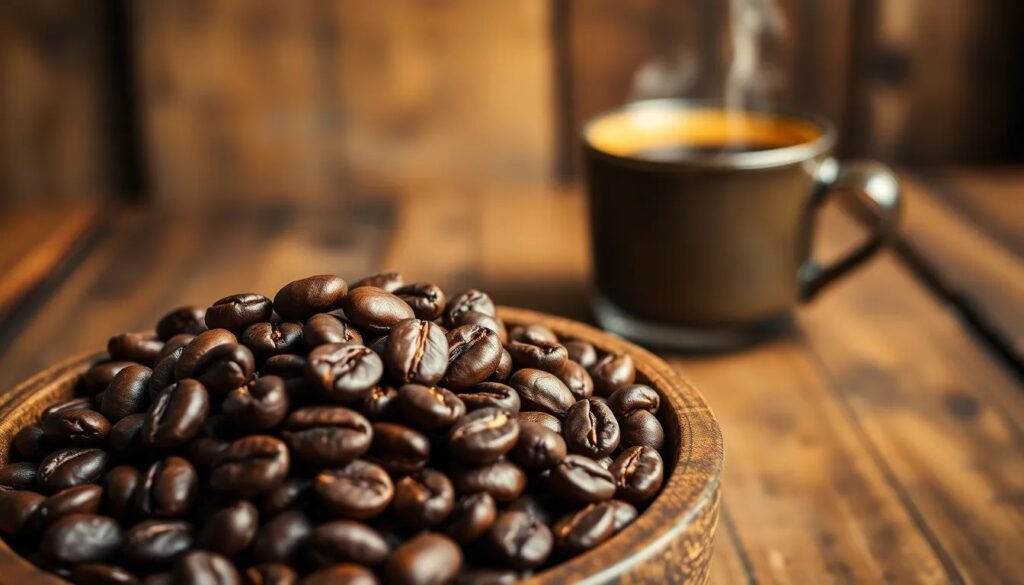Have you ever wondered why your coffee never tastes quite as rich as the espresso from your favorite café? It might all come down to the grinder. Coffee grinders and espresso grinders are not interchangeable; they cater to distinct brewing needs and significantly impact flavor profiles.
This article explores the difference between a coffee grinder and espresso grinder. From the mechanics of grinding to their role in achieving the perfect brew, understanding these differences is crucial for anyone seeking coffee perfection at home. Let’s delve into the details that set them apart.
Understanding Coffee Grinders and Espresso Grinders
Coffee grinders are essential for getting the right grind size to match various brewing methods. These devices offer a range of sizes, from coarse to fine, suitable for drip coffee, French press, and pour-over. The grind size is adjustable, letting users tailor it to their preferred brewing style. This flexibility makes coffee grinders popular among home brewers who like to experiment with different coffee types.
Espresso grinders are designed specifically for the espresso-making process. They create a fine, consistent grind needed for espresso machines, which use high pressure. Typically, they have a conical burr design, ensuring uniform grind texture. This uniformity is key for maintaining the rich flavor of espresso, making these grinders perfect for those focused on crafting the ideal espresso shot.
Key Differences in Grinding Mechanisms

Burr grinders are vital for both coffee and espresso grinding. They provide consistent grind sizes, which is crucial, especially for espresso where fine grind is needed. Burr grinders, with conical or flat designs, offer uniform particle sizes. This uniformity impacts the quality of the brew, making them a favorite among enthusiasts.
Blade grinders are more economical but lack precision. They use a blade that chops beans into uneven particles. This inconsistency can result in unbalanced brews, although they’re simple and a good entry option for casual coffee drinkers.
Burr grinders excel in consistency, necessary for coffee and espresso grinding. Espresso grinders are designed for fine grinding, while coffee grinders are adjustable from coarse to fine. Burr grinders are therefore versatile for various brewing styles, whereas espresso grinders focus on precision for espresso.
Grind Size and Brewing Compatibility
Grind size is crucial for the flavor and quality of brewed coffee. Each brewing method needs a specific size to optimize extraction. Coffee grinders offer a range of sizes for different methods. Coarse grinds work well for French press, letting flavors extract slowly. Medium grinds suit drip coffee makers for balanced extraction. Fine settings are used for pour-over, ensuring precise control of water flow to achieve nuanced flavors.
Espresso grinders are engineered for a fine, consistent grind critical for espresso machines. Precision ensures the grind is fine enough to resist water pressure and extract rich flavors. An inconsistent grind can cause issues like channeling, leading to uneven extraction. A uniform grind is essential for a good crema and balanced flavor, making these grinders indispensable for espresso lovers.

Coffee grinders are available from $30 to $300, reflecting their range of features. They often include adjustable grind settings and compact designs. Lower-priced models typically use blades, while higher-end options have burrs for better consistency, appealing to those who like trying different styles.
Espresso grinders are more costly, ranging from $200 to over $1,000. They’re precisely engineered for fine, uniform grinds vital for espresso. They often feature stepless adjustments and robust motors. The higher cost is justified for enthusiasts who value espresso quality.
Maintenance differs between types. Espresso grinders need frequent cleaning to prevent oil buildup, which affects performance. Coffee grinders need less upkeep but benefit from regular cleaning. Proper care lets both types maintain performance over time, but espresso grinders may have higher upkeep costs.
Choosing the Right Grinder for Your Needs
Choosing the right grinder is key for achieving desired brewing results and personal taste. For varied coffee styles, a coffee grinder offers versatility and is great for home brewing. It allows you to experiment with grind sizes for drip or French press. Espresso fans will value an espresso grinder for its fine grind.
Budget and brand are also important. Coffee grinders, priced $30-$300, are ideal for home brewers seeking flexibility. Espresso grinders, $200 and up, offer precision and durability. Buying from good brands like Baratza and Breville ensures quality. Consider budget, brewing methods, and use frequency to decide.
Final Words
In distinguishing between coffee and espresso grinders, understanding their unique roles is crucial for optimal brewing. Coffee grinders offer versatility with adjustable grind sizes, catering to various brewing methods. Conversely, espresso grinders deliver the fine, consistent grind necessary for rich espresso extraction.
The difference between a coffee grinder and espresso grinder primarily lies in their grinding precision and intended use. This knowledge empowers enthusiasts to make informed choices, ensuring the perfect brew every time. Embrace the journey toward coffee mastery, armed with the right tools for a satisfying and flavorful experience.
FAQs
Are coffee grinders and espresso grinders the same?
Coffee grinders and espresso grinders are not the same. Coffee grinders offer a range of grind sizes for various brewing methods. Espresso grinders are designed for the fine, consistent grind required for espresso machines.
Can a regular coffee grinder be used for espresso?
A regular coffee grinder can be used for espresso, but it may not produce the optimal fine grind necessary for a quality espresso shot.
Espresso grinders ensure a more precise grind.
Do I need a separate grinder for espresso?
A separate grinder for espresso is recommended to achieve the fine, consistent grind required.
Espresso grinders are specifically designed to handle these demands for better extraction and flavor.
Is a coffee grinder more important than an espresso machine?
The importance of a coffee grinder versus an espresso machine varies based on personal preferences. However, a high-quality grinder is crucial for grind consistency, which impacts flavor extraction significantly.













